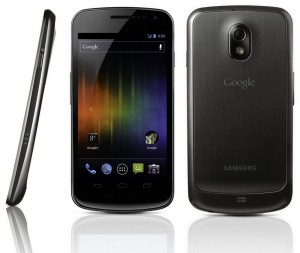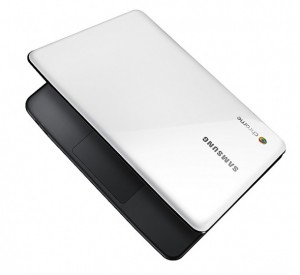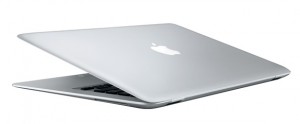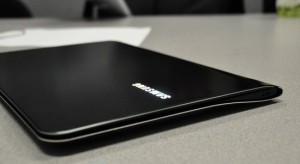Google had originally planned an event today to discuss the latest devices coming out of the Nexus line of products as well as showcasing the new Jelly Bean upgrade, but due to hurricane Sandy, it was cancelled. This didn’t stop Google however since they decided to go ahead and make the announcements via the official Google Blog.
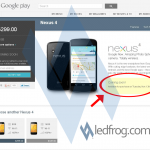 As expected, we’re going to see a Nexus 10″ tablet from Samsung and the new Nexus 4 smartphone from LG. What was not so expected was that the Nexus 7 is now being offered with HSPA+ services making the tablet even more portable than it was.
As expected, we’re going to see a Nexus 10″ tablet from Samsung and the new Nexus 4 smartphone from LG. What was not so expected was that the Nexus 7 is now being offered with HSPA+ services making the tablet even more portable than it was.
Given the insane amount of coverage on these announcements, I don’t need to go over every last detail, but here’s the overall gist of what’s going down on November 13th.
Nexus 4
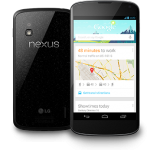 The Nexus 4 is unfortunately not a 4G phone, thus leaving the only 4G Nexus device as the Galaxy Nexus on Verizon. However, LG did put a quad core processor inside so that would explain why it’s only HSPA+. Apparently LTE doesn’t play well with quad core processors.
The Nexus 4 is unfortunately not a 4G phone, thus leaving the only 4G Nexus device as the Galaxy Nexus on Verizon. However, LG did put a quad core processor inside so that would explain why it’s only HSPA+. Apparently LTE doesn’t play well with quad core processors.
Specs:
- 4.7″ screen with 1280 x 768 resolution (320ppi)
- 8MP rear camera, 1.3MP front
- 2GB memory
- Qualcomm Snapdragon S4 Pro processor
- Wireless charging
The device comes in 8GB ($299) and 16GB ($349) sizes both with no external storage options. This is because Google despises external storage devices as they can sometimes cause performance issues with apps and whatnot. This is probably why Apple doesn’t go this route either.
Nexus 10 Tablet
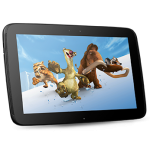 Recently the Nexus was available in the 7″ size with wi-fi only, but Google has just released a new 32GB model that has HSPA+ cellular connectivity. This brings the Nexus 7 line up to three models: 16GB (wi-fi only for $199), 32GB (wi-fi only for $249) and 32GB (wi-fi + HSPA+ for $299)
Recently the Nexus was available in the 7″ size with wi-fi only, but Google has just released a new 32GB model that has HSPA+ cellular connectivity. This brings the Nexus 7 line up to three models: 16GB (wi-fi only for $199), 32GB (wi-fi only for $249) and 32GB (wi-fi + HSPA+ for $299)
But the biggest news was the announcement of the 10″ tablet. Originally with the Nexus 7, critics were only really paying attention to it as a competitor to the Kindle Fire, but now we’re looking at some real competition to the full size iPad.
The only downside…both models are wi-fi only. The 16GB model will sell for $399 and the 32GB will sell for $499.
Specs:
- 10″ with 2650 x 1600 resolution (300 ppi)
- Dual-core A15 processor
- 5MP front camera, 1.9MP rear
- 9000 mAh battery
- Weight: 603g (1.3lbs)
- Size: 263.9 x 177.6 x 8.9mm
Without the HSPA+ option, some of the iPad models are still looking like a better choice, but at these price points, Nexus tablet is still a better buy. Plus you get Android software unobstructed by any manufacturer software.
Android 4.2
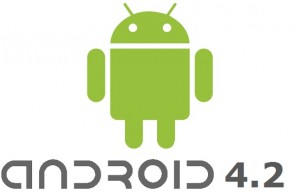 Originally dubbed Key Lime Pie, it appears that Android 4.2 will simply be a major update to Jelly Bean and it packs in a lot of new features! For full details, check out what’s new on Android.
Originally dubbed Key Lime Pie, it appears that Android 4.2 will simply be a major update to Jelly Bean and it packs in a lot of new features! For full details, check out what’s new on Android.
Photo Sphere – Here’s a new feature that allows you to take photos in all directions and put them back together in a 3D sphere and then share them with your Google+ friends and/or add them to Google Maps.
Gesture Typing – Now you can type simply by gliding over the letters of the word and letting go. The word will appear with spaces and all. Plus, with Google’s new dictionaries, your text conversations become more predictive, allowing you to select your next word without having to type.
Multiple users – Available only on the tablets, this features allows you to create new users on your device so each person can have their own everything — apps, games, homescreen, background images, widgets, etc. You can also use fast user switching to go from one user to the next without having to log out each time.
Wireless HDMI – Connect a wireless HDMI adapter to your tv and now you can stream whatever you’re doing on your phone or tablet right to your big screen!
Of course there’s so much more, but I found these to be the top highlights.
My Thoughts
Here I am once again with my infamous dilemma. Before, it was about getting the iPad or a Macbook Air, or getting the Kindle Fire or staying with an iPad. Today, the question still remains. Do I need a tablet? More importantly, do you? Many people are finding that while tablets are very convenient smaller (compared to laptops), they still don’t present much of a “working” device. They seem to be more of a luxurious toy rather than a practical replacement for any of your real devices.
Microsoft may shift this paradigm when they release their Surface tablet with full blown Windows 8 Pro, but again, only time will tell.
As for the Nexus 4, it doesn’t appeal to me other than its cool design, wireless charging feature and quad core processor. Since I currently have the Nexus GSM, these basic upgrades aren’t enough for me to swap phones again. However, I’m saying this after only owning my Nexus for a few months, so who knows how I’ll feel come Christmas. Maybe if the phone was 4G LTE, I’d be singing a different tune.
Android 4.2 is definitely an upgrade I’m excited about. All these new features for free and because I already own a Nexus device, I don’t have to wait months before the carriers and manufacturers get it together before I can update my phone.
